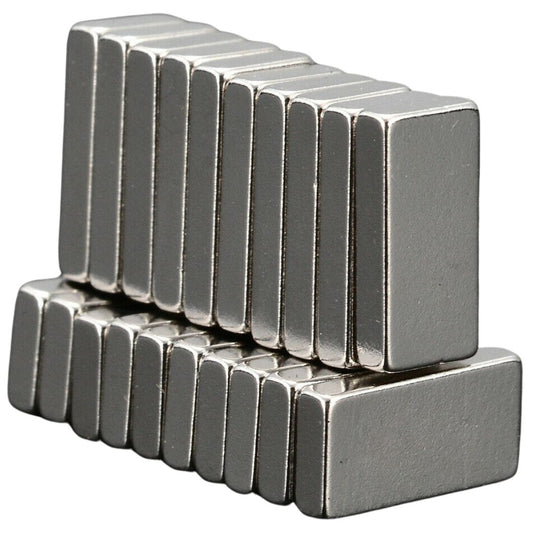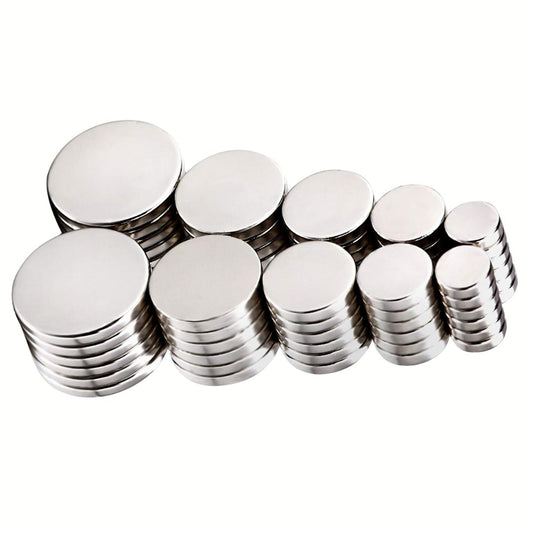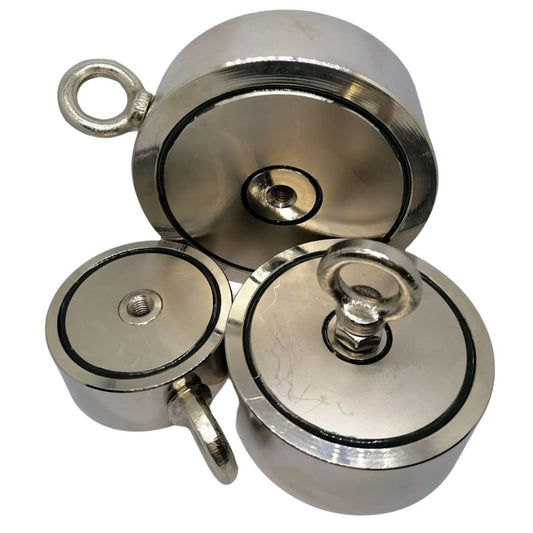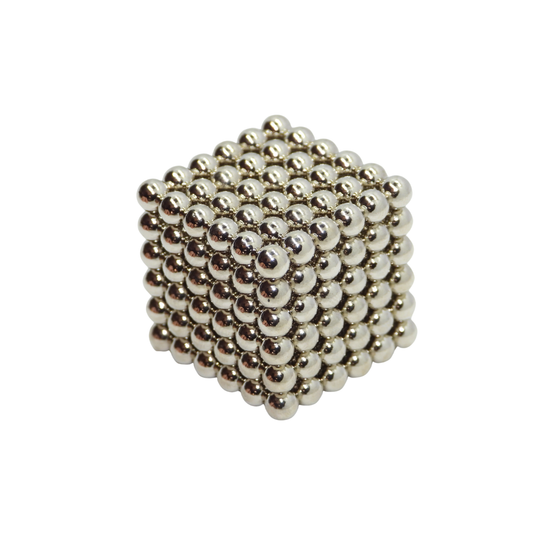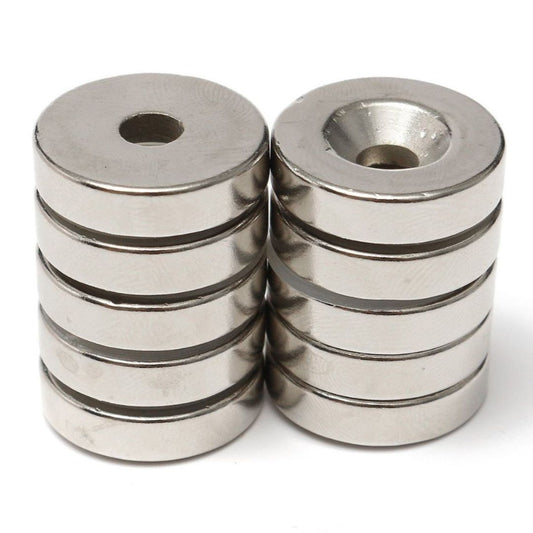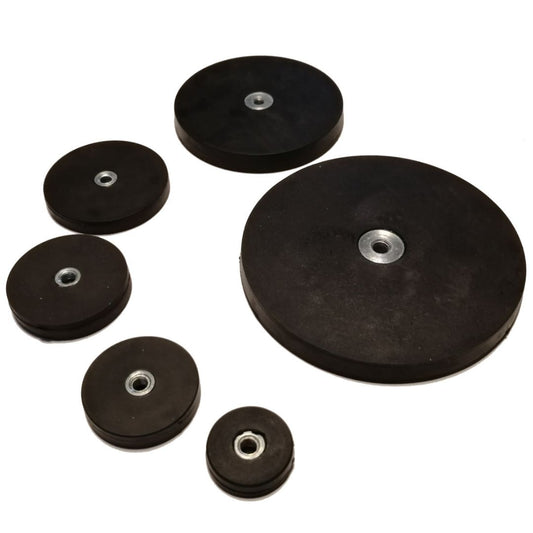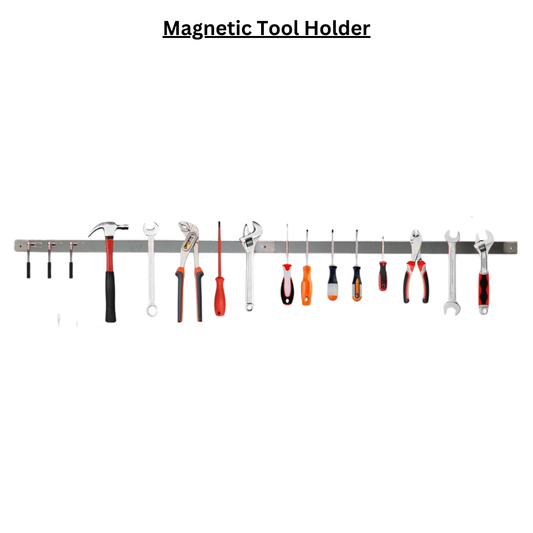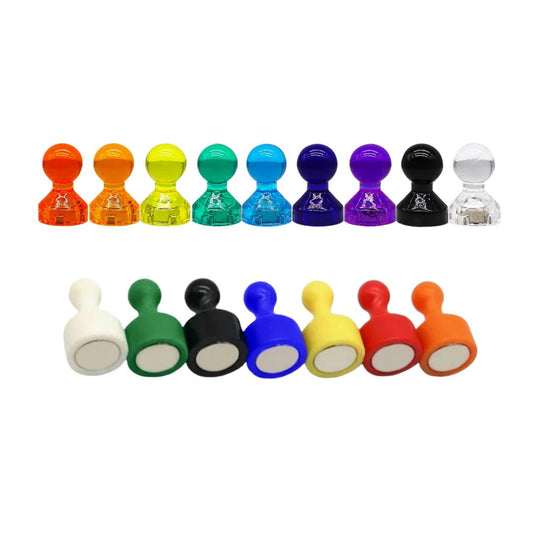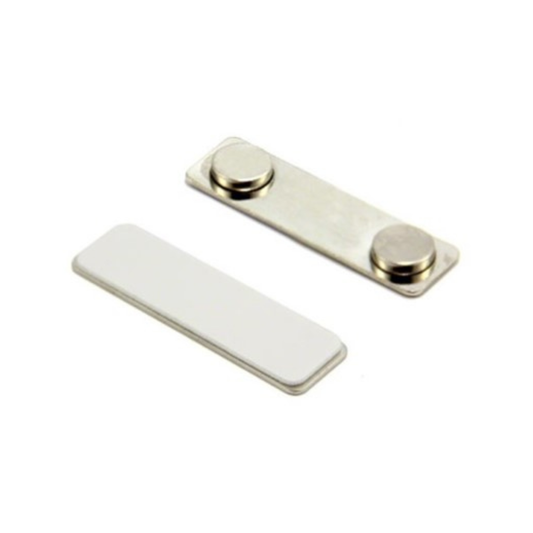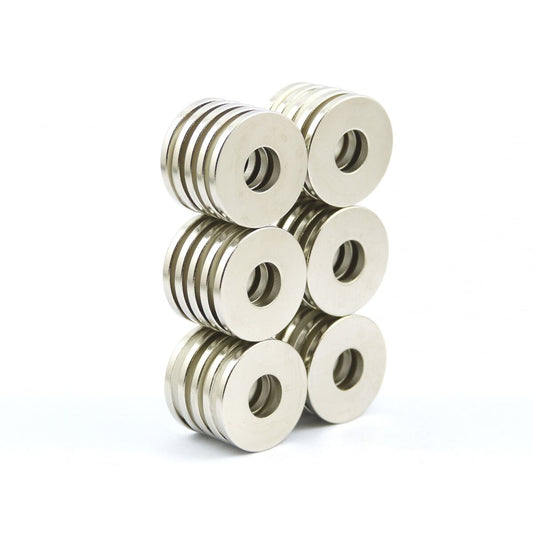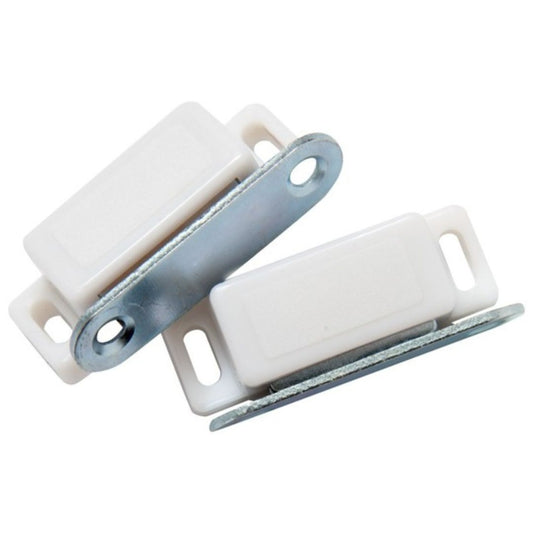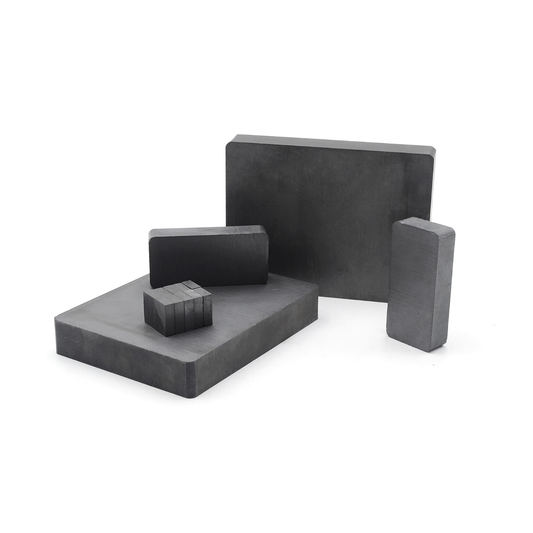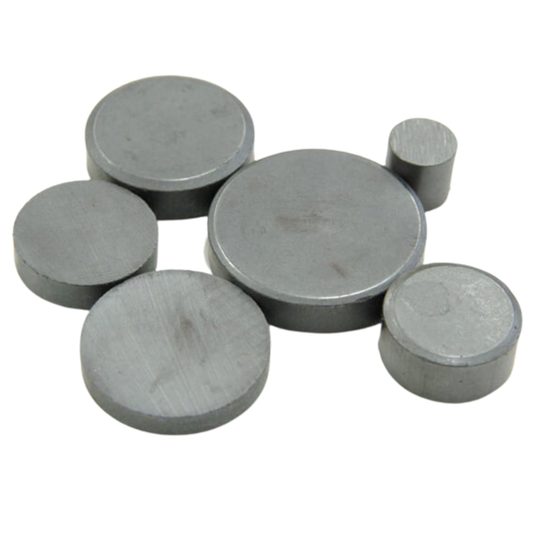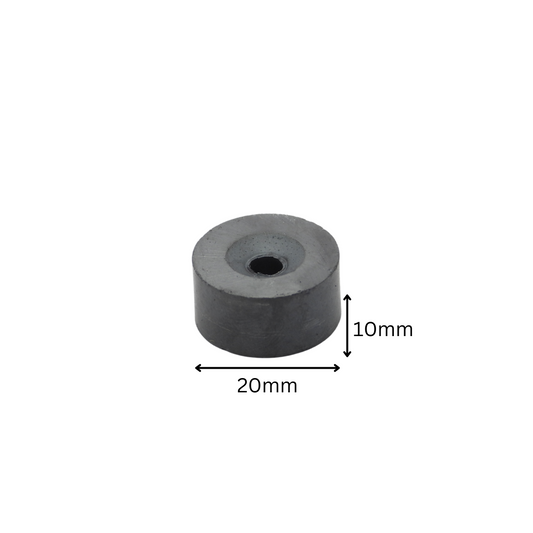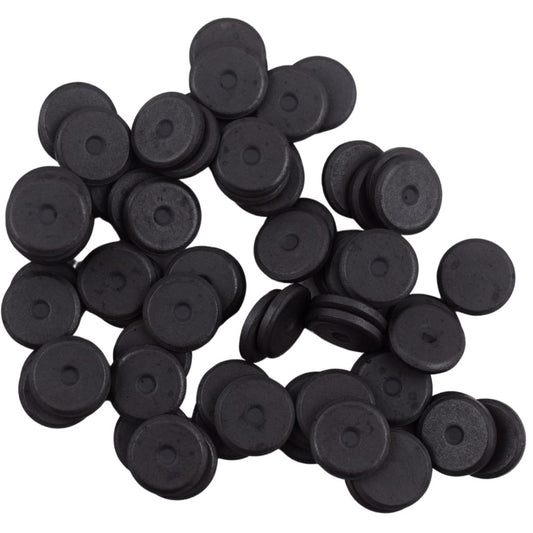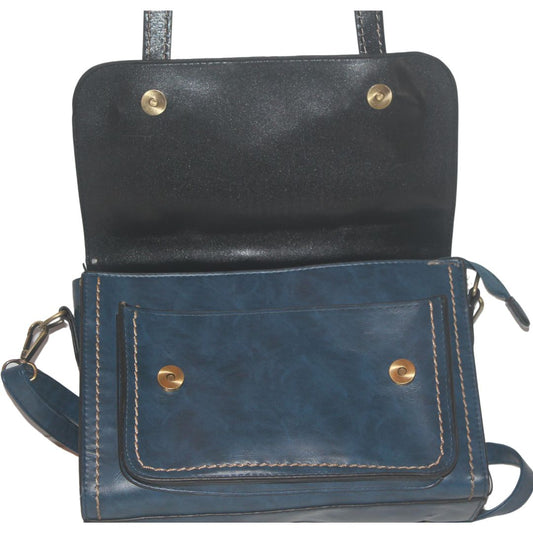How To Separate Magnets Safely
Understanding Magnet Strength and Types
Size and Strength: Magnets vary in size and magnetic strength. Larger magnets are stronger and can exert significant force, making them potentially more hazardous during handling.
Types of Magnets: Depending on the type (e.g., neodymium, ferrite), magnets have different magnetic properties and require specific handling techniques.
Tools for Separation
Non-Magnetic Tools: Use non-magnetic tools like plastic or wooden separators to avoid attracting magnets unintentionally.
Gloves: Wear gloves to protect your hands, especially when handling strong magnets that could pinch or crush skin.
Techniques for Separation
Slide Apart: For smaller magnets, gently slide them apart horizontally or vertically. Avoid pulling them abruptly to prevent snapping together forcefully.
Twist and Slide: Twist one magnet while pulling it away to reduce the magnetic attraction gradually.
Using Wedges: Place a non-magnetic wedge (e.g., plastic card) between magnets. Move the wedge slowly to break the magnetic connection.
Safety Precautions
Keep Distance: Maintain a safe distance between magnets, especially large ones, to prevent unintended attraction and sudden movement.
Avoid Pinching: Do not place fingers or body parts between magnets, as they can pinch or trap skin when attracted together.
Storage: Store magnets in a way that minimizes accidental contact. Use individual containers or separators to prevent magnets from sticking together.
Handling Large Magnets
Two-Person Approach: For very large magnets, use two people to control movement safely and reduce injury risk.
Secure Grip: Use both hands to hold large magnets securely and maintain control during separation.
Magnetized Surfaces
Metal Surfaces: Be cautious when placing magnets near metal surfaces, as they can snap into place suddenly and cause damage or injury.
-
Rare Earth (Neodymium) Block Magnets
Regular price From R 6.85Regular price -
Rare Earth (Neodymium) Disc Magnets
Regular price From R 1.60Regular price -
Fishing Magnets 120kg - 600kg
Regular price From R 485.00Regular priceR 685.00Sale price From R 485.00Sale -
Rare Earth (Neodymium) Ball Magnets 216 pcs
Regular price R 200.00Regular priceR 250.00Sale price R 200.00Sale -
Rare Earth (Neodymium) Countersunk Ring Magnets
Regular price From R 9.00Regular price -
Neo Gripper Magnets
Regular price From R 40.00Regular price -
Counter Sunk Pot Magnets
Regular price From R 25.00Regular price -
Magnetic Tool Holders 24" (613mm) & 48" (1230mm)
Regular price From R 155.00Regular priceR 295.00Sale price From R 155.00Sale -
White Board Magnets (Skittles)
Regular price From R 7.50Regular price -
Steel Badge Magnets
Regular price From R 7.20Regular price -
Rare Earth (Neodymium) Ring Magnets
Regular price From R 17.50Regular price -
 Sale
SaleFerrite Hook Magnets
Regular price From R 31.00Regular priceR 37.00Sale price From R 31.00Sale -
Magnetic Door Catcher
Regular price R 8.00Regular price -
Ferrite Anisotropic Block Magnets
Regular price From R 3.48Regular price -
Ferrite Anisotropic Disc Magnets
Regular price From R 1.15Regular price -
Ferrite Anisotropic Ring Magnets
Regular price From R 8.00Regular price -
Ferrite Isotropic Disc Magnets (Fridge Magnets)
Regular price From R 0.70Regular price -
Flexible Magnetic Tiles/Kiss Cut Sheets
Regular price From R 17.00Regular price -
Handbag Clasp - Catch
Regular price From R 5.00Regular price -
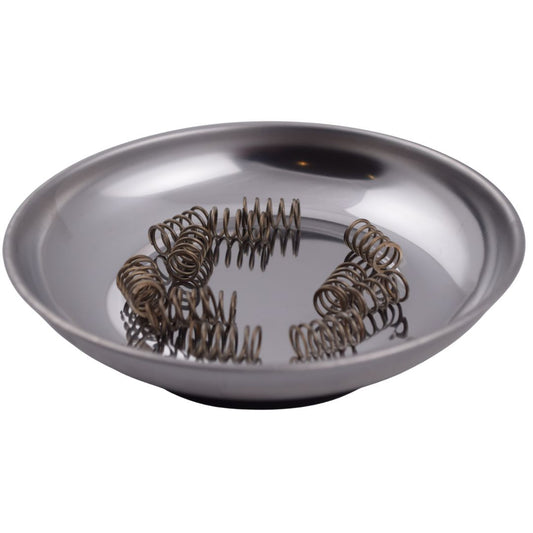 Sale
SaleMagnetic Bowl
Regular price R 82.00Regular priceR 112.00Sale price R 82.00Sale -
Magnetic Sweepers
Regular price From R 2,850.00Regular price -
Magnetic Wrist Holder
Regular price R 85.00Regular price -
Welding Magnets
Regular price From R 65.00Regular price -
White Board Magnets Button Magnets
Regular price R 11.70Regular price -
Bar Magnet Educational
Regular price R 10.00Regular price

